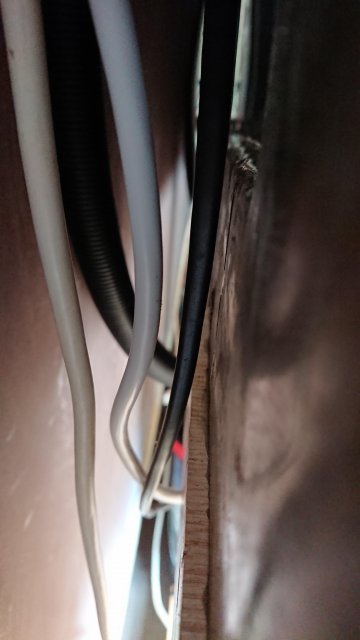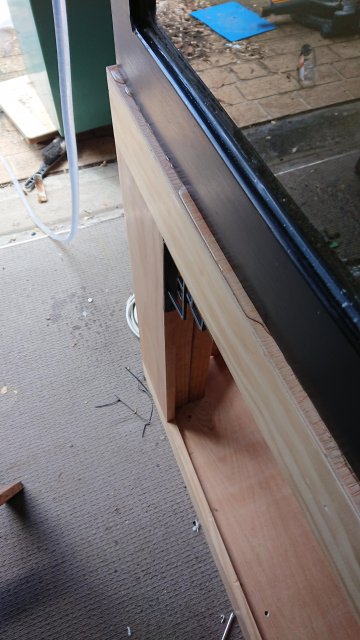The only way that plan could sort of work...sort of...would be if the new bead was in continuous contact with the glass on either side of the old bead, because the new stuff indeed will not adhere to the old. The entire old bead would need to be covered with a "skin" of new silicone, but this just isn't a practical solution; it would be difficult to achieve, and if you were successful you would still have a fragile flap of silicone running along all the internal seams of the tank, adhered only along its edges. Total waste of time, IMHO, and very fragile as well.
However, a proper repair here does not involve or require stripping all the silicone from the interface between glass and steel, and no glass panels need be removed. You would need to carefully strip all the internal silicone bead on all interior seams, right down to clean bare glass. Using a razor blade is tedious but effective; you need to remove every trace of old silicone from the interior glass surfaces. When you are done you will have all glass panels still adhered to the steel frame, held in place by the silicone between glass and steel. All you are removing is the interior bead (more or less triangular in cross-section). Once you have it clean...I mean
really clean...you would apply a brand new silicone bead on all those interior seams, and then smooth it out with a quick pass of a moistened finger immediately after application. This needs to be done all at the same time, so that all those seams are newly sealed/coated with new silicone. You need to work quickly and efficiently to get this done correctly and cleanly.
Working with silicone is a bit of a unique trick, and you should ideally practice a bit on some scraps of glass or maybe even an old, small aquarium to get the feel of it. You need to apply enough to make sure you get a smooth continuous bead; you should smooth it all out with one quick swipe, any bubbles or gaps and the whole job is shot.
If it were an all-glass tank, applying masking tape along both sides of every seam would allow for nice clean-edged beads. Frankly, with a steel frame, I wouldn't even bother with the tape. As long as the entire seam is hidden by the frame, any small overruns, blobs, etc. can be removed after the job is completed using a razor blade.
This job would actually be far easier than doing the same type of reseal on an all-glass tank. Your frame will conceal a multitude of cosmetic sins, and you won't have to worry about compromising the structural integrity of the tank if you accidentally slip the razor blade down between two panes of glass. The frame ensures the construction will remain solid.
Good luck, you can do this. Just practice a bit and take your time to get all the old silicone off. Then, when you actually are ready to apply the new silicone...take your time...but be quick about it!

Edited to add: between cleaning off the old silicone and allowing the new stuff to dry and cure, you can probably expect your tank to be out of commission for a couple of weeks, so you may need to plan on some alternative accommodations for your fish while you tackle this project.









